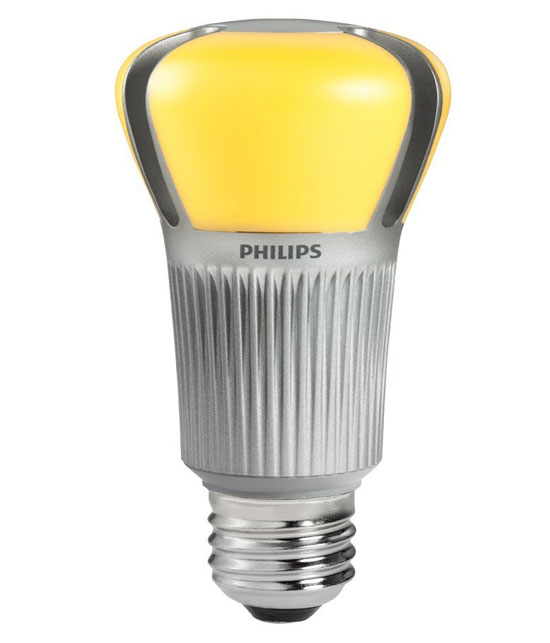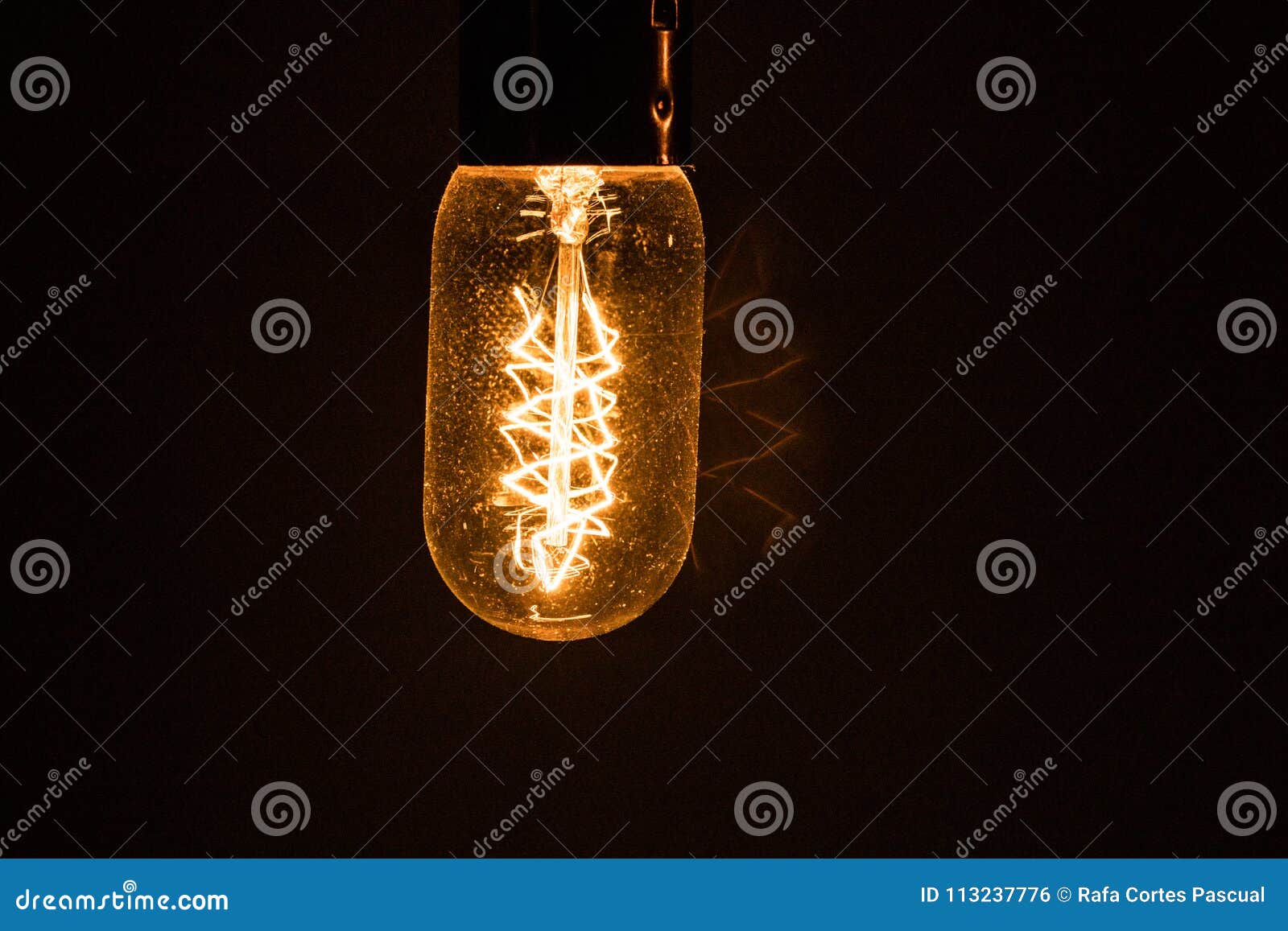


Refer to manufacturer specifications for acceptable installation locations for a particular product. To protect them from getting too hot, many LED products should not be installed in enclosed or insulated areas or over heat sources such as stoves.This may lead to sagging or unstable light fixtures. LED products are often heavier than conventional light sources (to allow for heat management).Many LED products are dimmable when paired with the right equipment, and are available in similar color temperatures and color rendering as fluorescent and incandescent sources. (For incandescent and fluorescent light sources, the life is the time (in hours) at which half of the test samples have burned out.) This term ("L70") is defined as the amount of time at which light output has degraded by 30% compared to initial output. Therefore, the lighting industry developed a specialized definition for LED bulb life. It can be difficult to tell when an LED product should be replaced because they generally do not fail by burning out but will slowly reduce in light output over time as solid state devices, LEDs will continue to operate even after many thousands of hours, continuing to use electrical power even if they produce very little useful light. For example, a product should not be installed in an insulated ceiling or in an enclosed fixture unless it is rated for that application by the manufacturer. It is important to read the manufacturer's guidelines for where an LED product can be installed. This is why LED products sometimes have metal fins: to extract heat from the device and radiate it across a larger surface area. Second, LED life (and light output) is strongly dependent on its temperature. First, the life is determined for the LED itself, but there are other electronic components that may fail first. Two caveats should be kept in mind regarding LED life. Long life has the benefit of reducing the cost of ownership and decreasing the number of times a light bulb needs to be changed in hard-to-access locations. Manufacturers typically rate LED products for long life, often in the 25,000 to 50,000 hour range. LEDs are typically less hot to the touch than conventional incandescent sources, and therefore could be suitable for areas where people may touch them, such as a in desk lamp in a child's bedroom.
AMBIENT LIGHT BULBS FREE
Also, they are free of mercury, a toxic metal found in fluorescent light sources.Īnother advantage for LEDs is lower surface temperature. In addition to potentially saving money, the high efficacy of LEDs leads to reduced emission of carbon dioxide and other pollutants from power plants. Use the economic calculator to determine the cost savings of a particular lighting design. Because of their high efficacy, LED products may still have a lower cost of ownership despite a higher initial price than other bulbs. LED efficacy has increased over time, and recently has begun to surpass that of CFLs, formerly the most efficacious bulb replacement used in residences. One of the benefits of LED products is their high efficacy (the amount of light produced per unit of input power). The list of LED lighting products is expanding rapidly. Fixture-integrated LEDs, including downlights, track lights, and nightlights are also available. Screwbase LED replacement bulbs fit into the same medium-based sockets as common incandescent bulbs. Light-emitting diodes (LEDs) can be used for ambient lighting to provide general, diffuse illumination for a space.


 0 kommentar(er)
0 kommentar(er)
